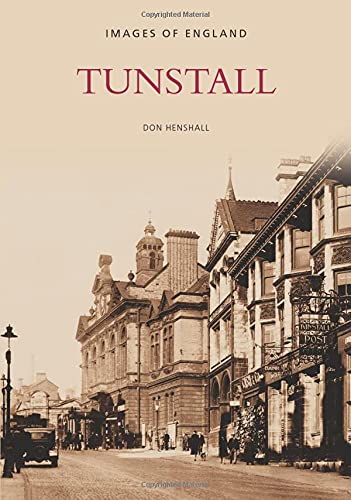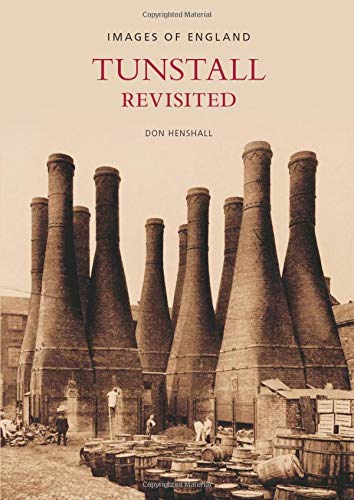Tunstall is one of the youngest towns in the Potteries, and although it is not mentioned independently in the Domesday Book, it is believed to have been a part of Richard the forester's lands, centred on Thursfield. However, Tunstall Manor rose to power quickly and by the 16th century, it covered an extensive area extending to the Cheshire border. Historical records indicate that Tunstall has been involved in mining iron and coal since 1282.
The earliest indication of a market in Tunstall Manor was the appointment of a market reeve by the manor court in 1525. Tunstall was described in 1795 as 'the pleasantest village in the pottery'.
In 1816, a market square, which is now Tower Square, was created on Stony Croft, leased from the lord of the manor, where small-scale markets began to take place.
Tunstall remained a linear village until the onset of the industrial revolution. The town's composition now mainly consists of rows of Victorian terraced houses, built to house workers during the pottery boom. In 1894, Tunstall was granted urban district status and began expanding rapidly until it amalgamated with five other towns to form Stoke-on-Trent in 1910.
I took a walk around the town, to see how much had changed in the last 100 years or more as part of my Then & Now around Staffordshire series.
I have repaired, edited and upscaled the old photographs so that we can see the maximum amount of detail in them. So please, if you do share them, could you give me credit for them? Because it takes me ages! Thank you.

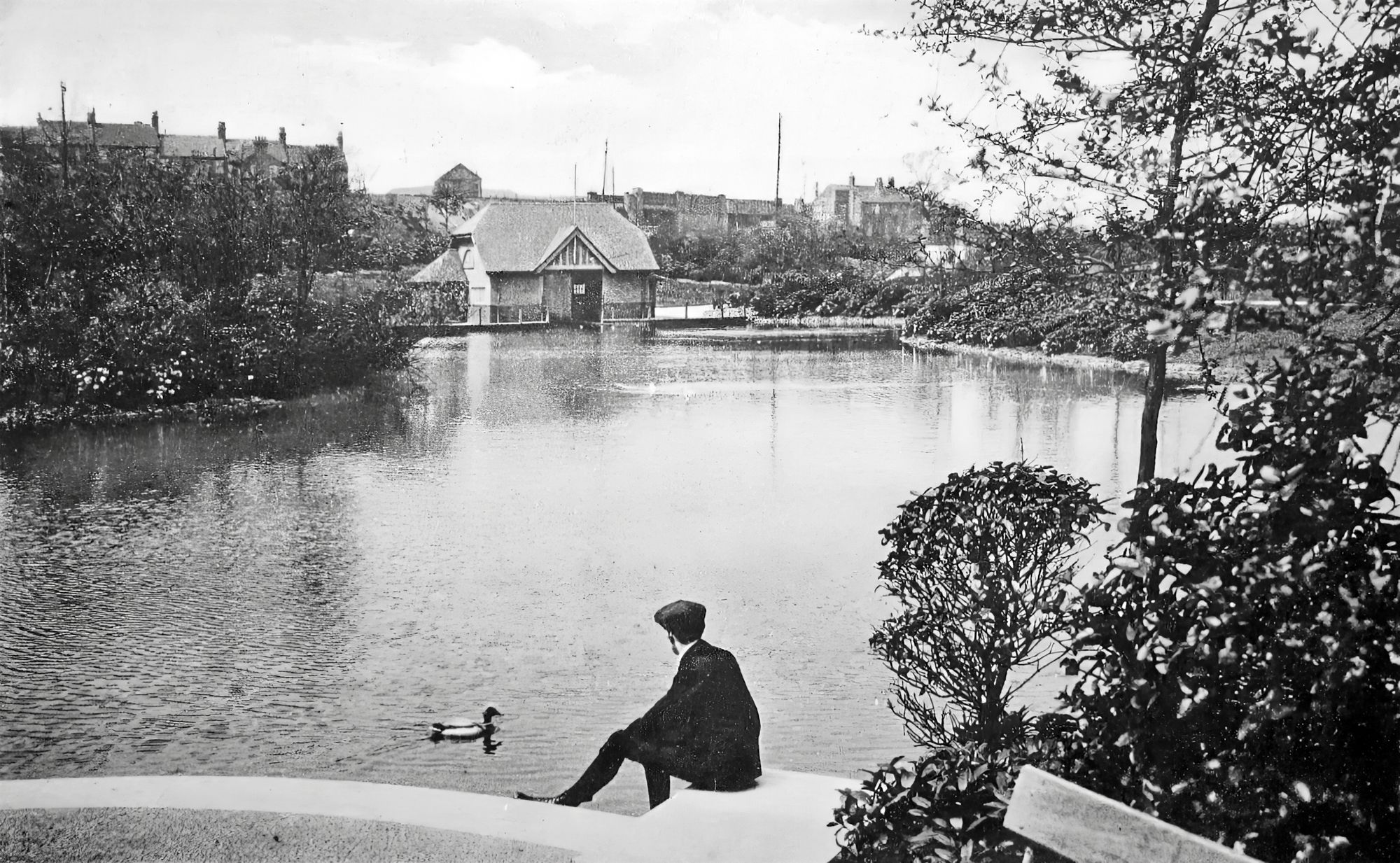
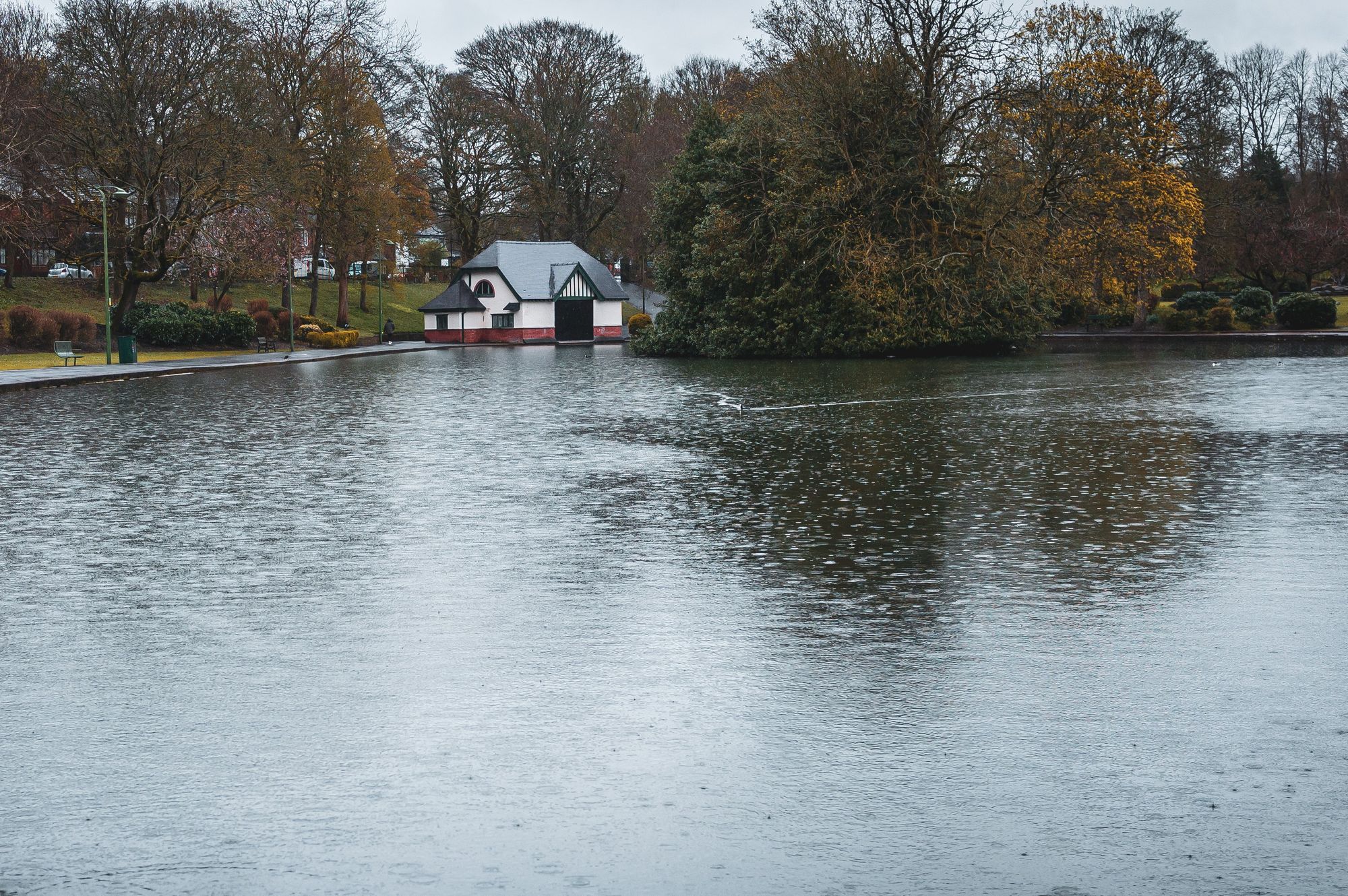
In the 1890s, the Tunstall Urban District Council obtained 33 acres of land, previously occupied by a colliery and oil works, for £4,835, which was transformed into Victoria Park. This was one of the city's first land reclamation projects, and local architect A.R. Wood played a vital role in its establishment.
The western boundary of the area was utilized for constructing the current Victoria Park Road, while the adjacent land was allotted for housing development between 1900 and 1930.
After the excavation of the boating lake between 1903 and 1904, the boathouse was built 1904.
In 2013 a disused mine shaft from the colliery that used to be on the land opened up underneath the lake and over 1.2m of water drained overnight.
The view here isn't much changed, just the trees that surround and fill the park are much bigger and denser.
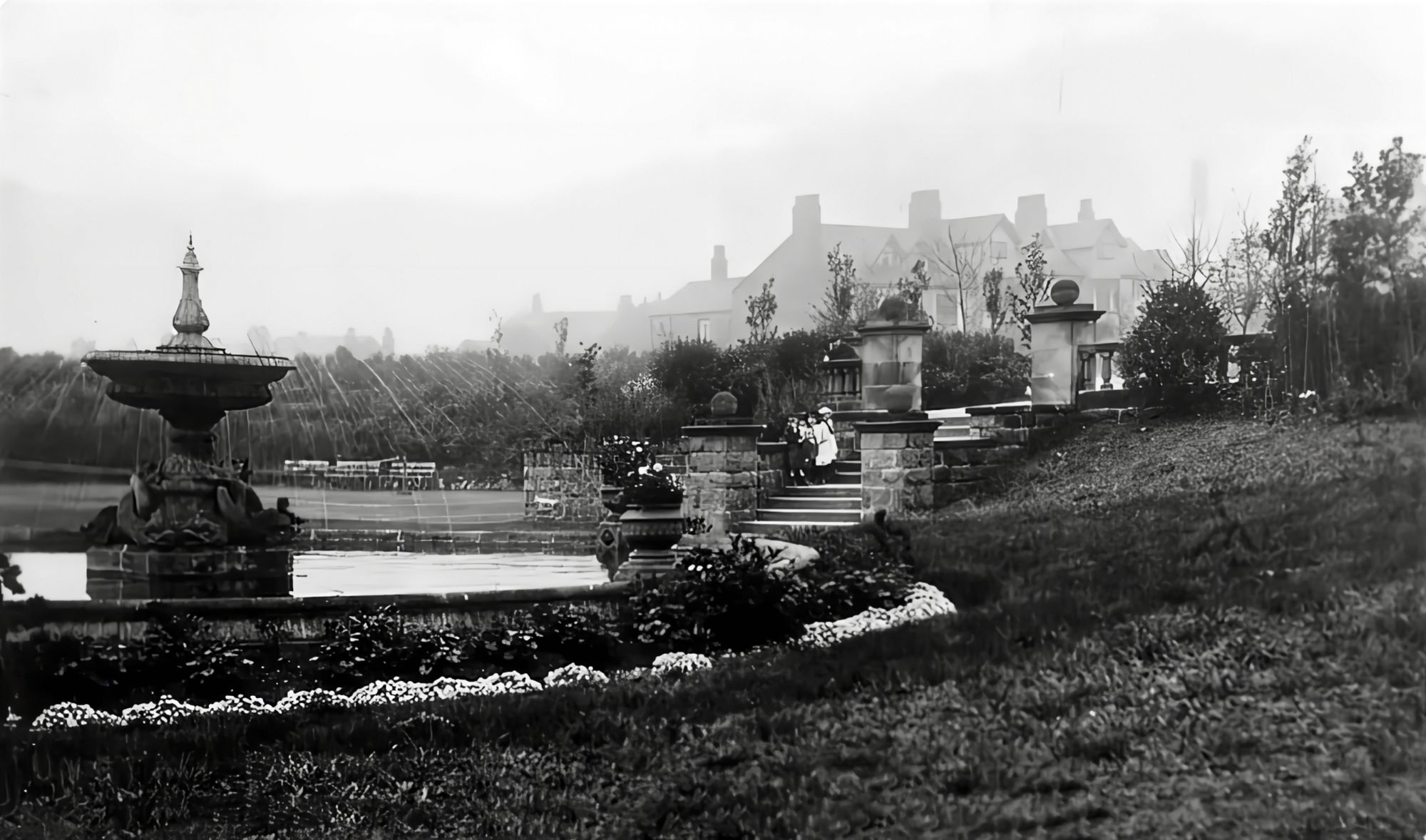
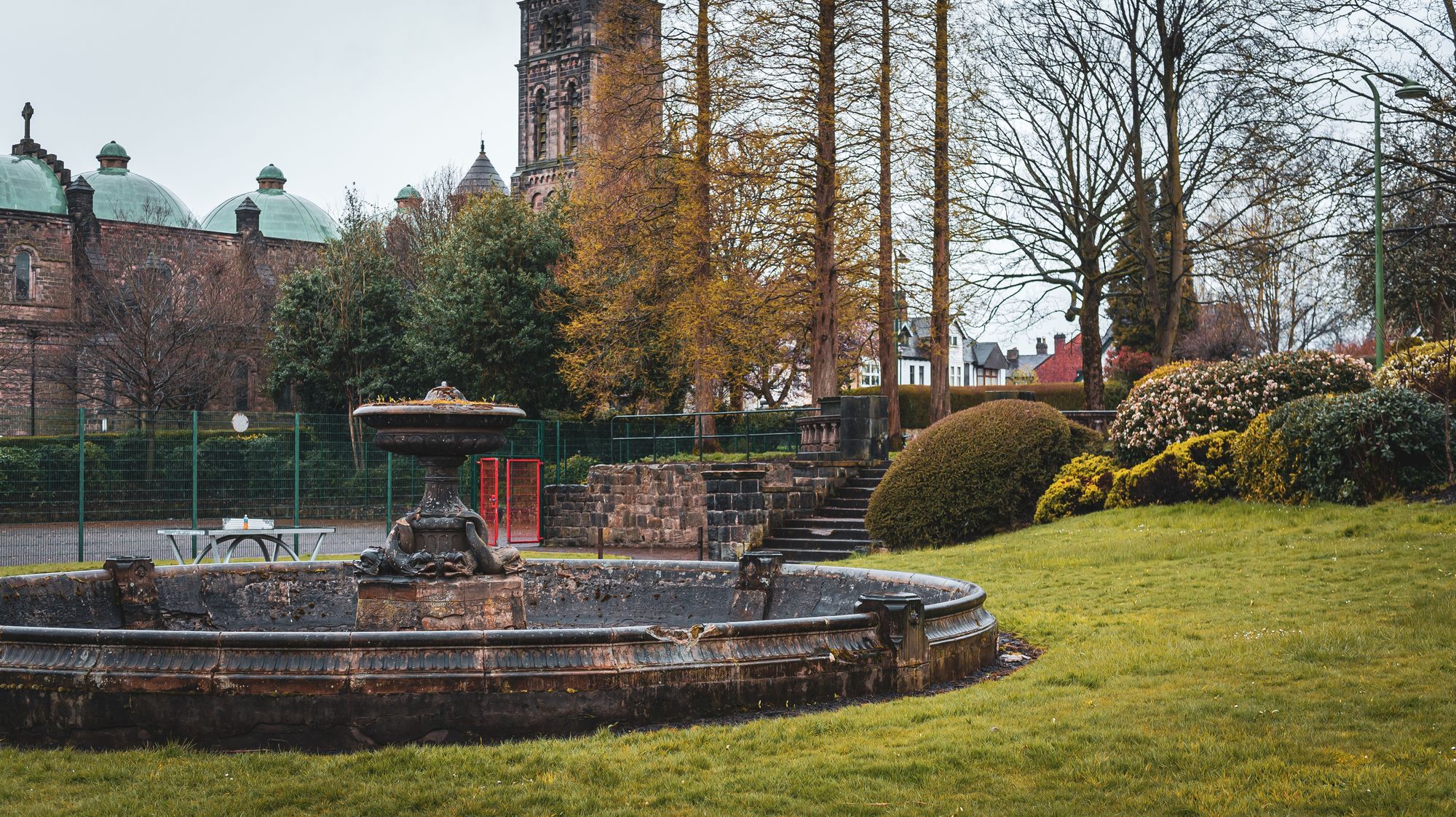
Apart from the state of the fountain, the most notable change is the absence of the church in the background. The Church of the Sacred Heart, which features distinctive copper domes visible from several miles away in Stoke-on-Trent, was constructed in 1930.
The fountain was donated to the park in 1911 in memory of George Cumberlidge but it is in a very sorry state with parts of it smashed and the basin lying empty.
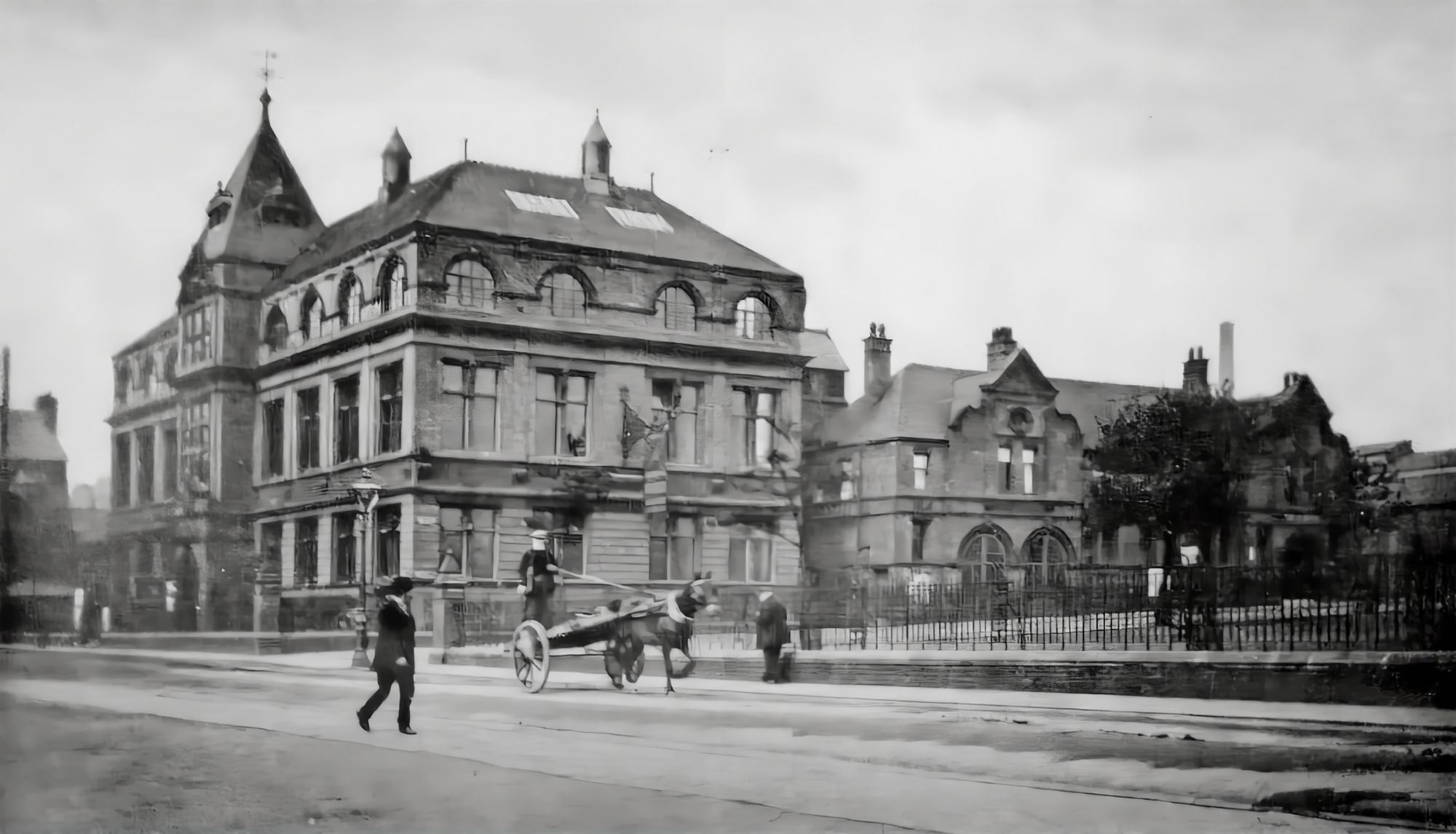
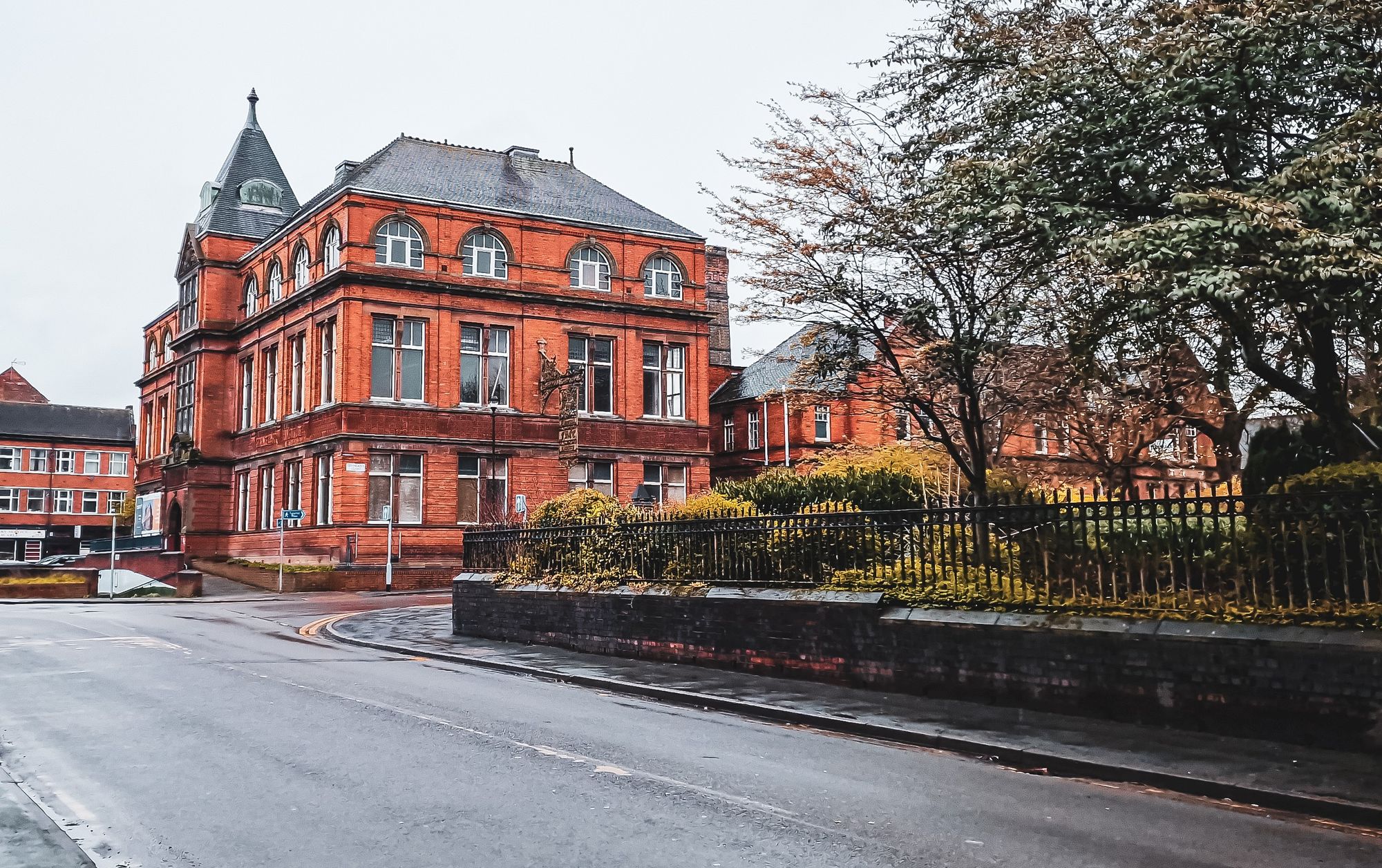
The Victoria Jubilee Institute, which was a public library, was constructed in 1889 and is a Grade II listed building. It was formerly known as the Victoria Institute and Public Baths and was designed by local architect Absalom Reade Wood, who was born in Burslem, but who left his mark all over Tunstall in the form of some incredible architecture.
The wrought-iron sign on the side of the building reads 'THOMAS NASH PEAKE GAVE THIS 1901' on one side and 'TUNSTALL FREE LIBRARY' on the other.
The baths on the right of the photo were closed in 2011 due to budget cuts and the library moved into the town hall in 2022.
There are plans to turn the building into a gym, apartments, and possibly a cafe, but we will have to see what the future brings for this incredibly beautiful building.
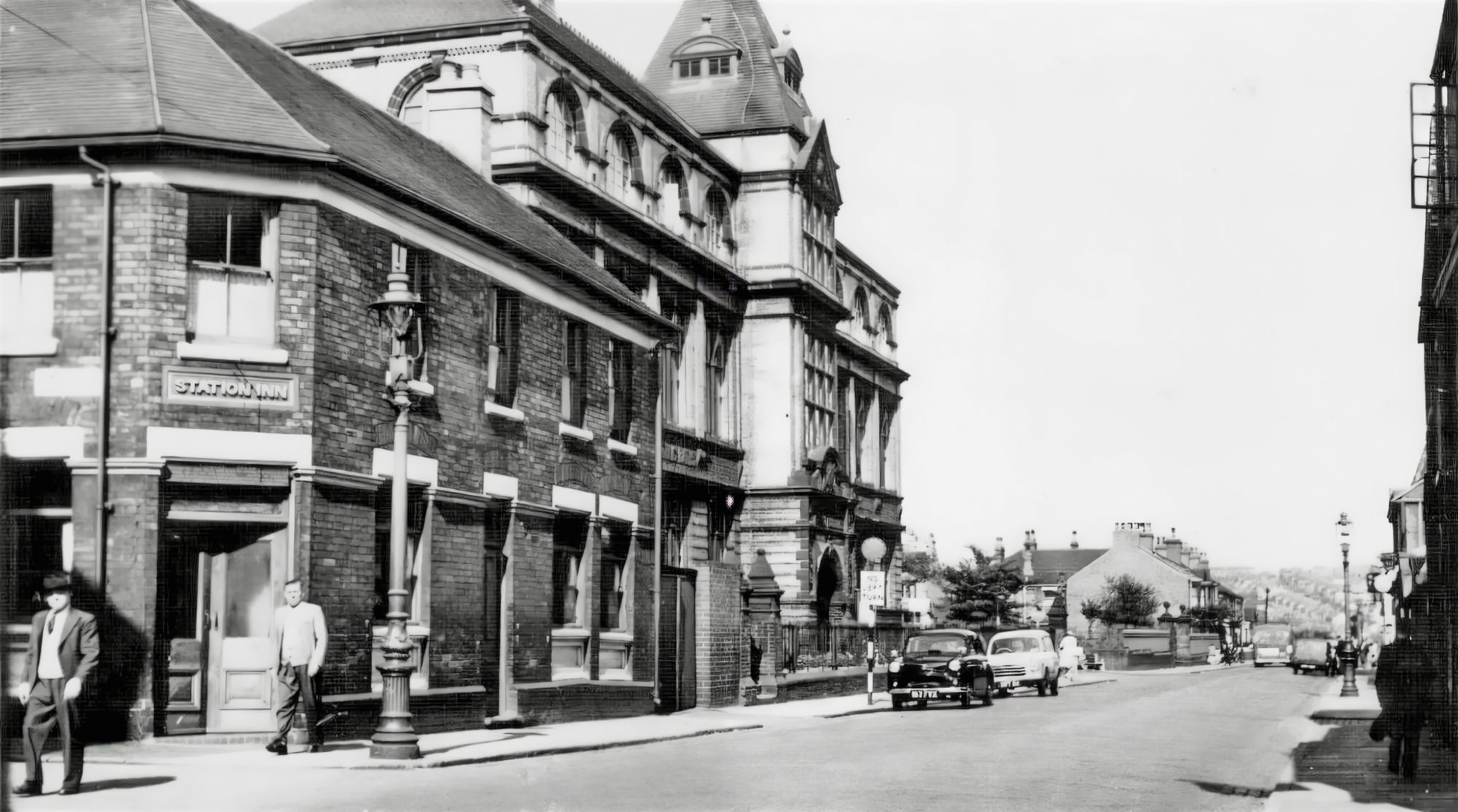
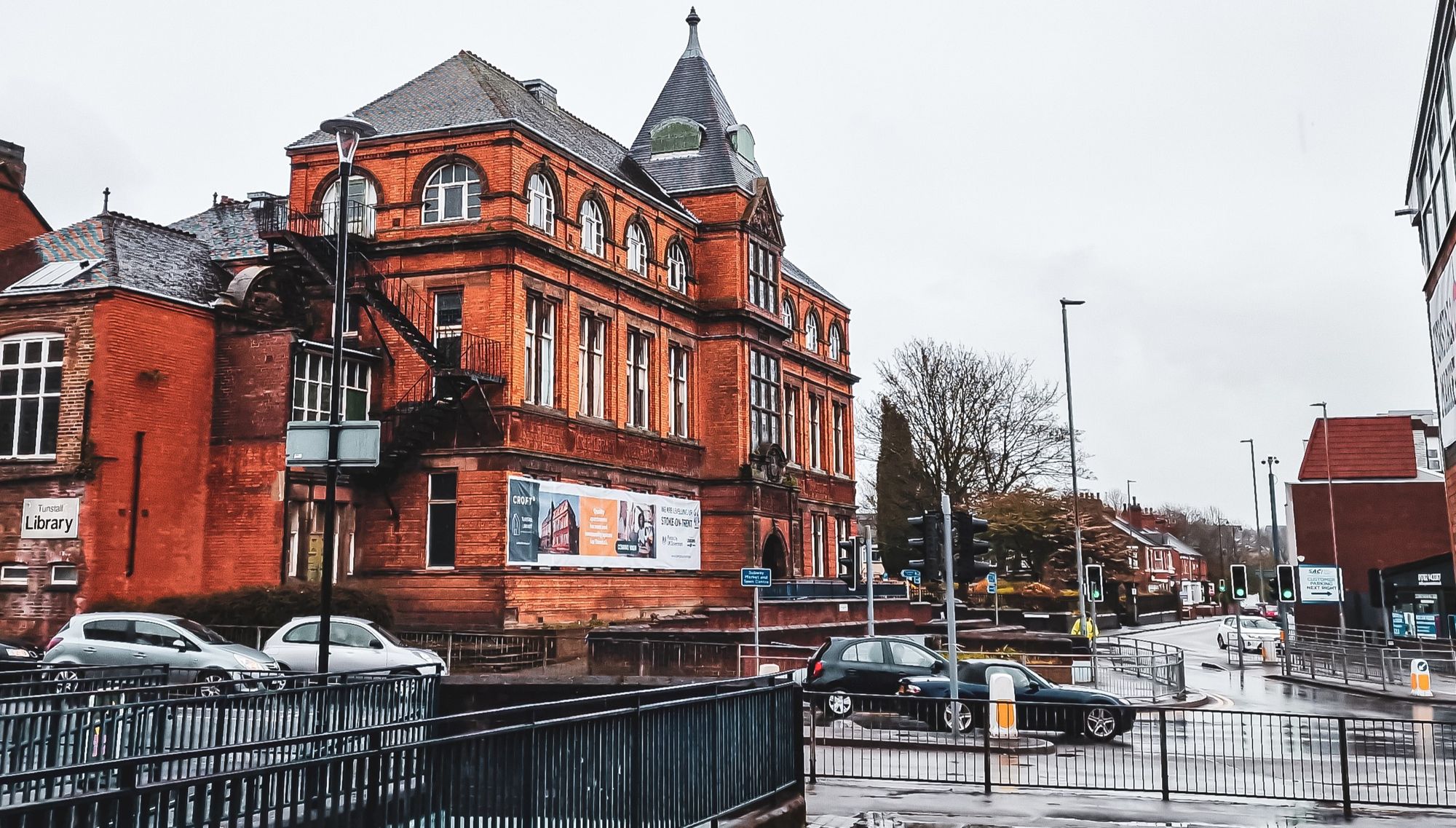
In this alternate view of the library, the Station Inn can be seen on the corner. The inn was named for its proximity to Tunstall Train Station on the loop line, but like many others, it was demolished in the 1960s when the loop line was closed.
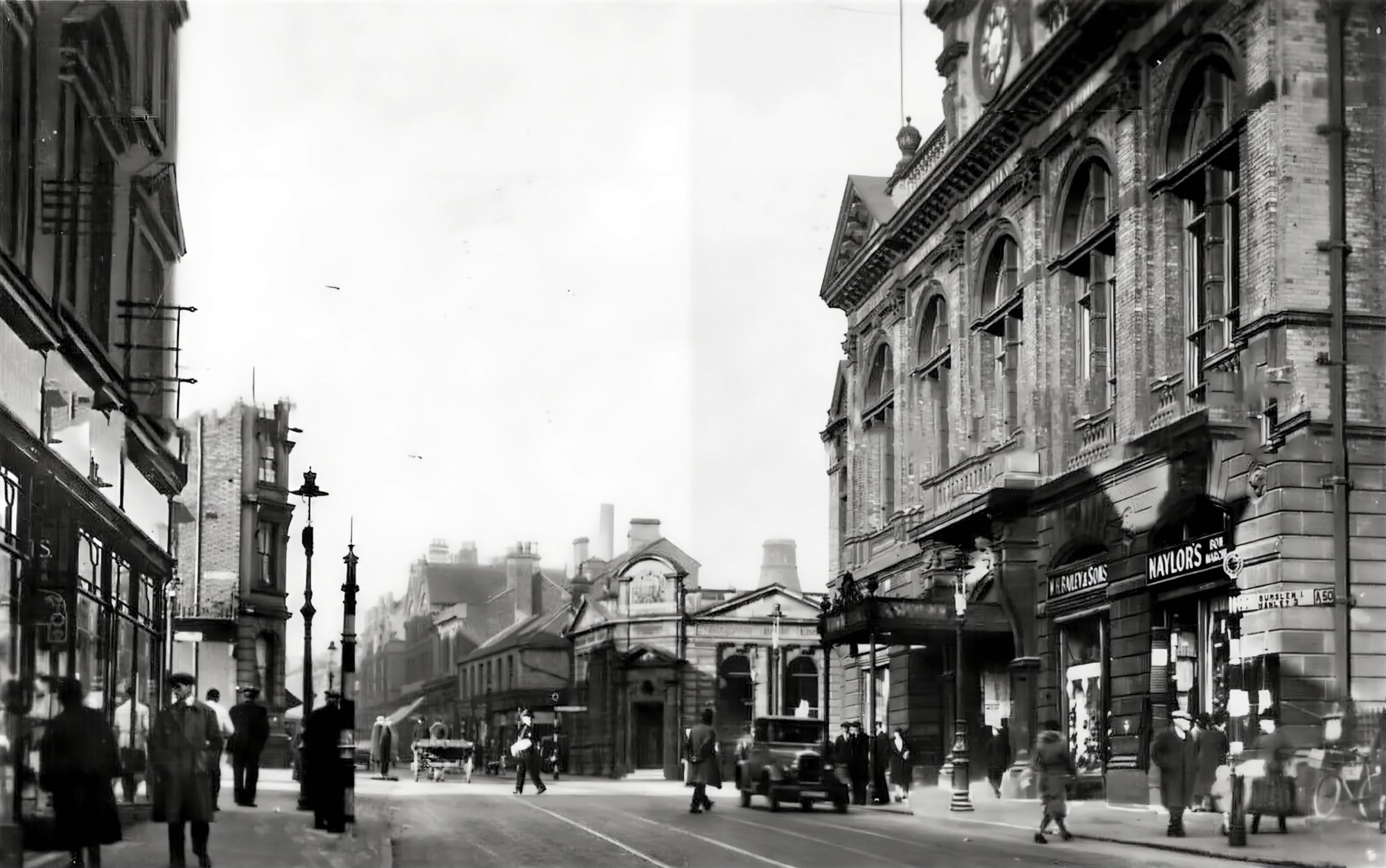
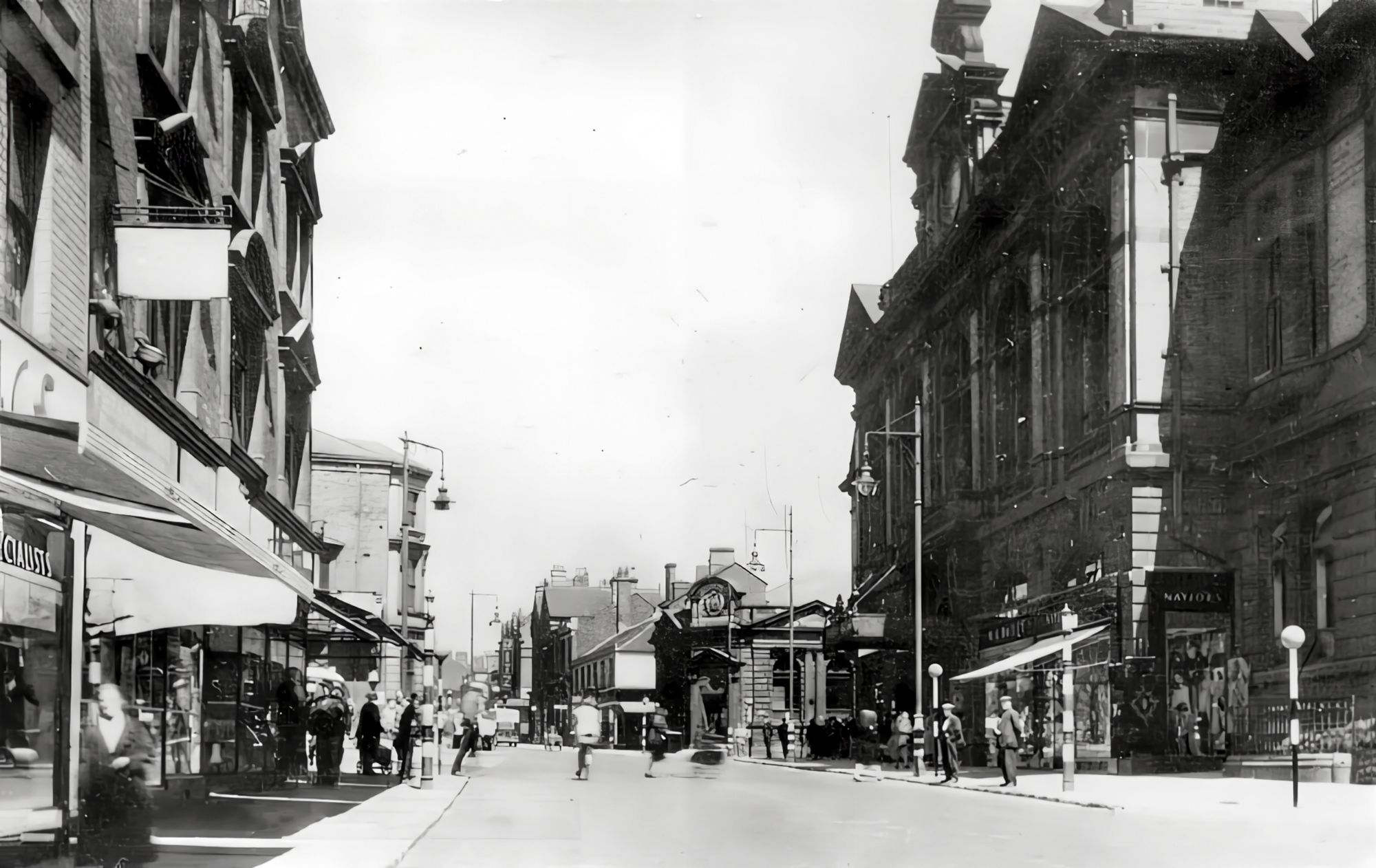
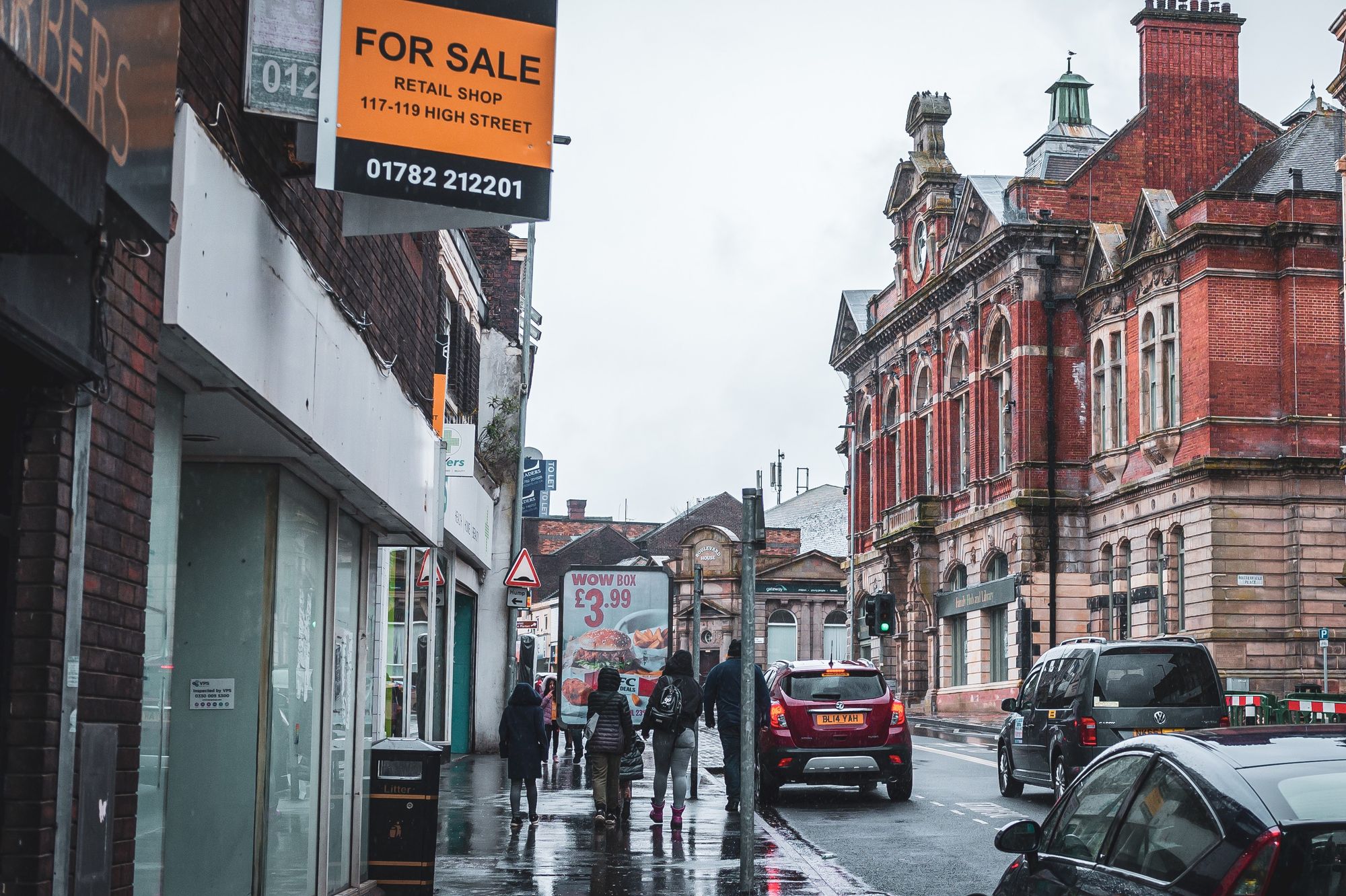
A few different photos here of the same view. This is looking up the High Street with the Town Hall on the right. The buildings on the right-hand side of the photo haven't changed much, but unfortunately, the left has been modernised and isn't faring as well.
After the first town hall was deemed inadequate for the town, it was decided that a new, more substantial hall was needed. And so again, AR Wood designed another stunning building that was built in 1885. It was a mixed-use building. Used as a market, shops, offices (including an office for himself) and an indoor market.
The hall fell into a sad decline in the 00s but was bought back to its original splendour with a restoration project that was completed in 2022.
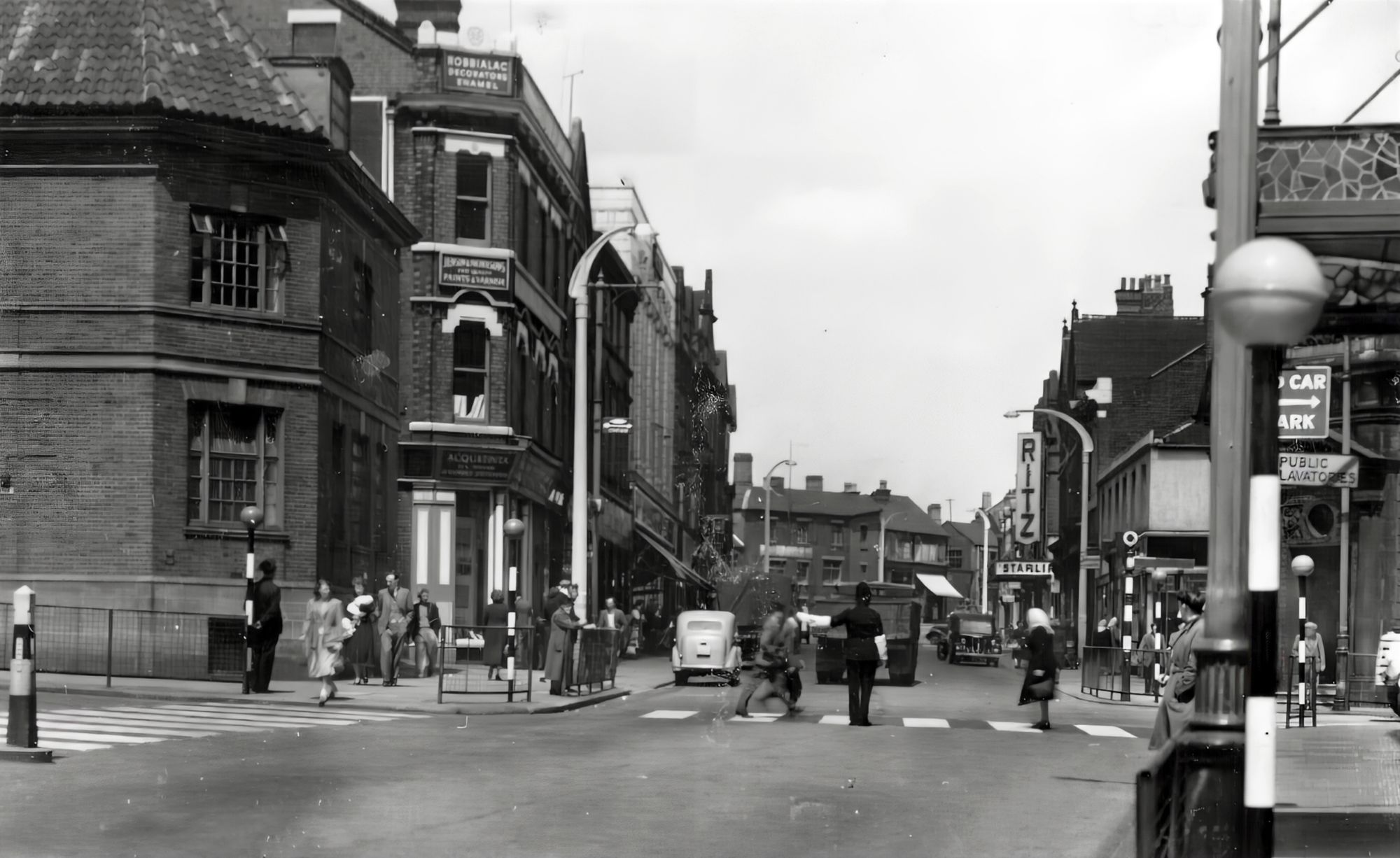
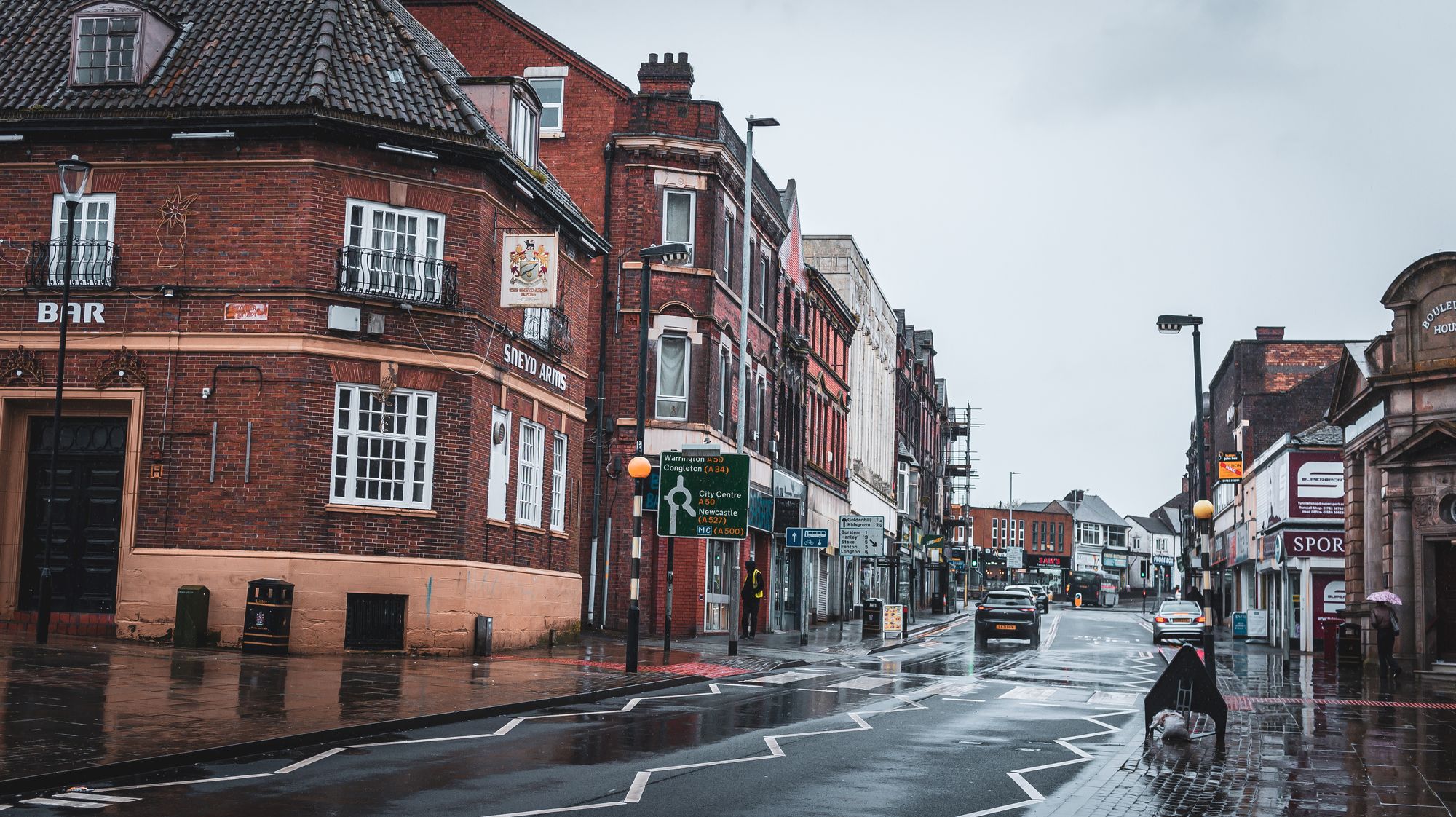
A view a bit further up the High Street shows The Sneyd Arms on the left-hand side. Originally one of two coaching houses in Tunstall, it was built in 1818 when Tower Square was being laid out, and it is generally acknowledged that it was rebuilt sometime after WW2.
The big sign on the right that reads 'RITZ' was originally the Ritz Cinema and opened in 1934. The building has had various names and roles throughout its life, notably Essoldo in the 50s, Classic in the 70s and it became a bingo hall in the 80s until it became Tower Bingo Club in 2013.
It closed completely in 2016 and the building is currently in quite a sorry state.
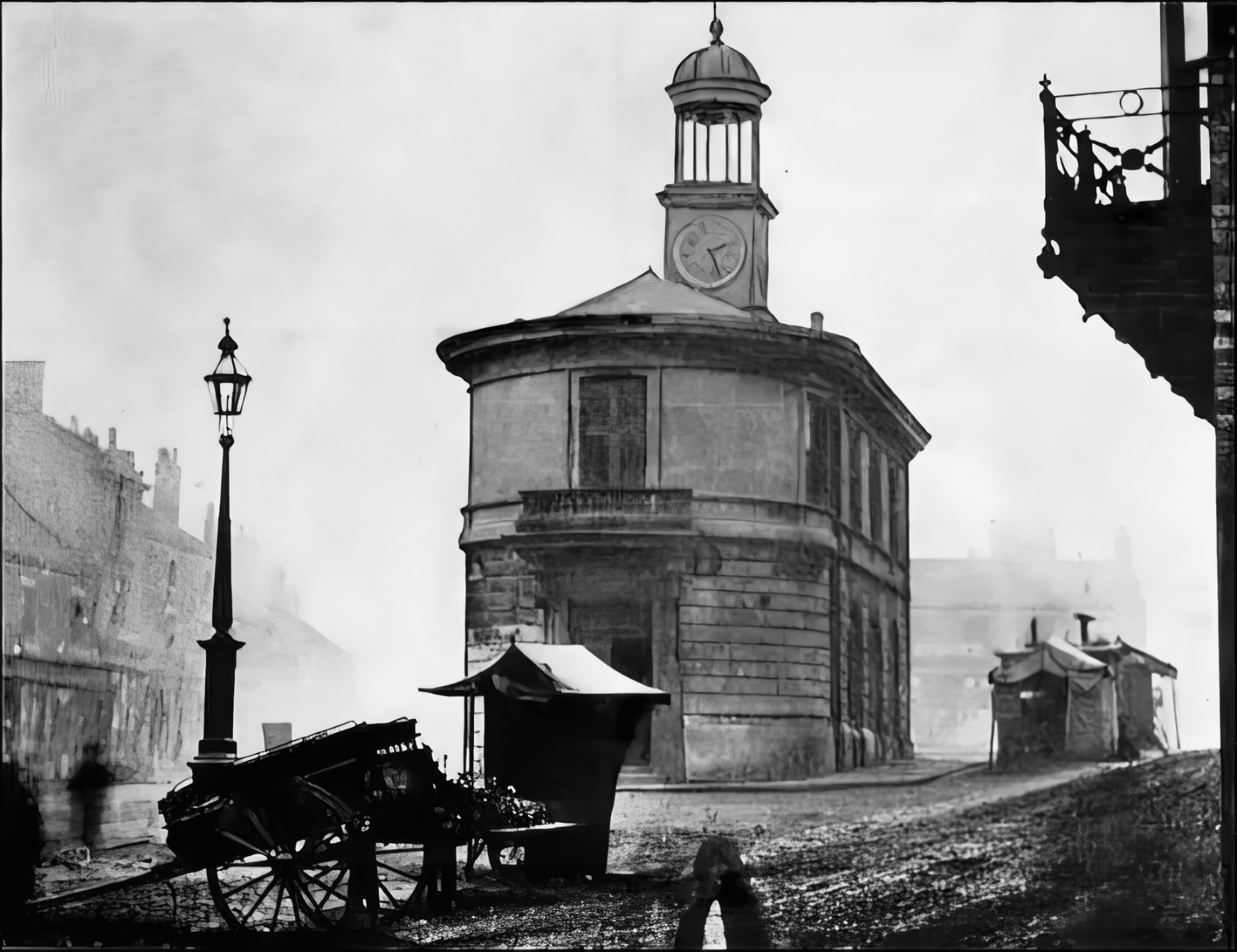
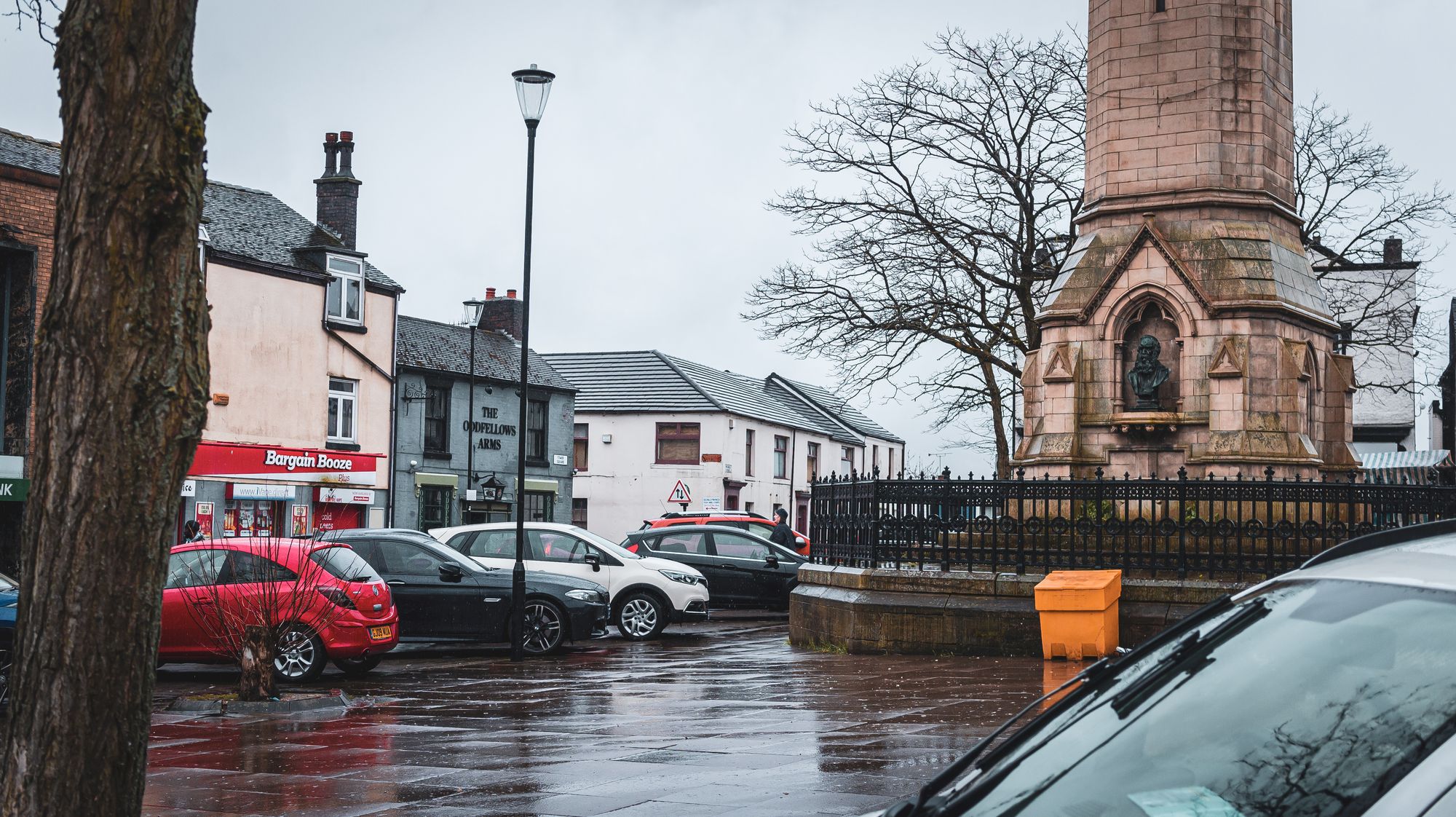
In the wake of the town's rapid growth and prosperity fueled by the expansion of the potteries and surrounding areas, the square was established in 1816.
As public safety and regulation became more pressing concerns, a courthouse was constructed, along with other public amenities and the creation of a market square.
Eventually, this courthouse was repurposed as the inaugural Town Hall, only to be demolished in 1892 and replaced with the town hall we have today.
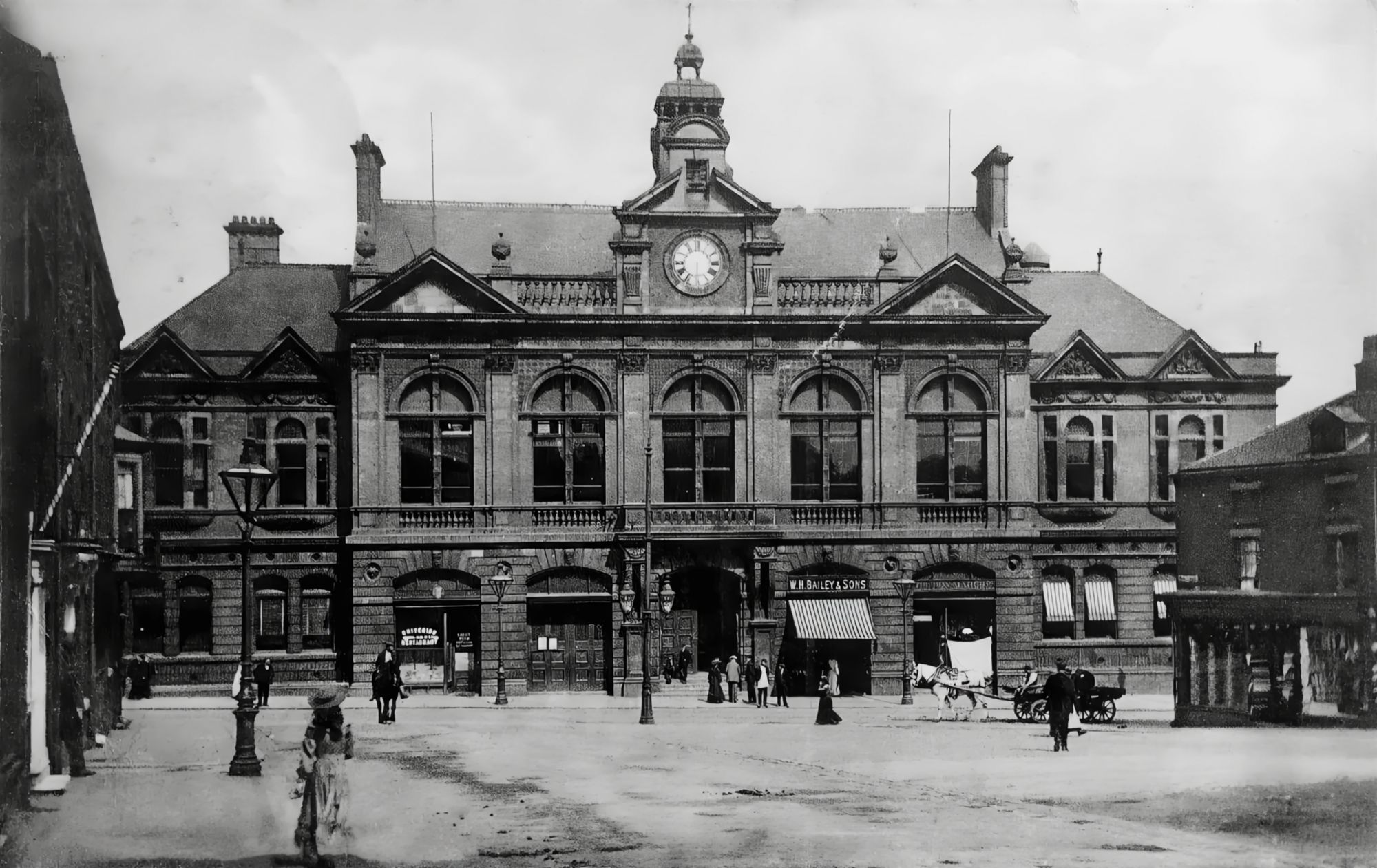
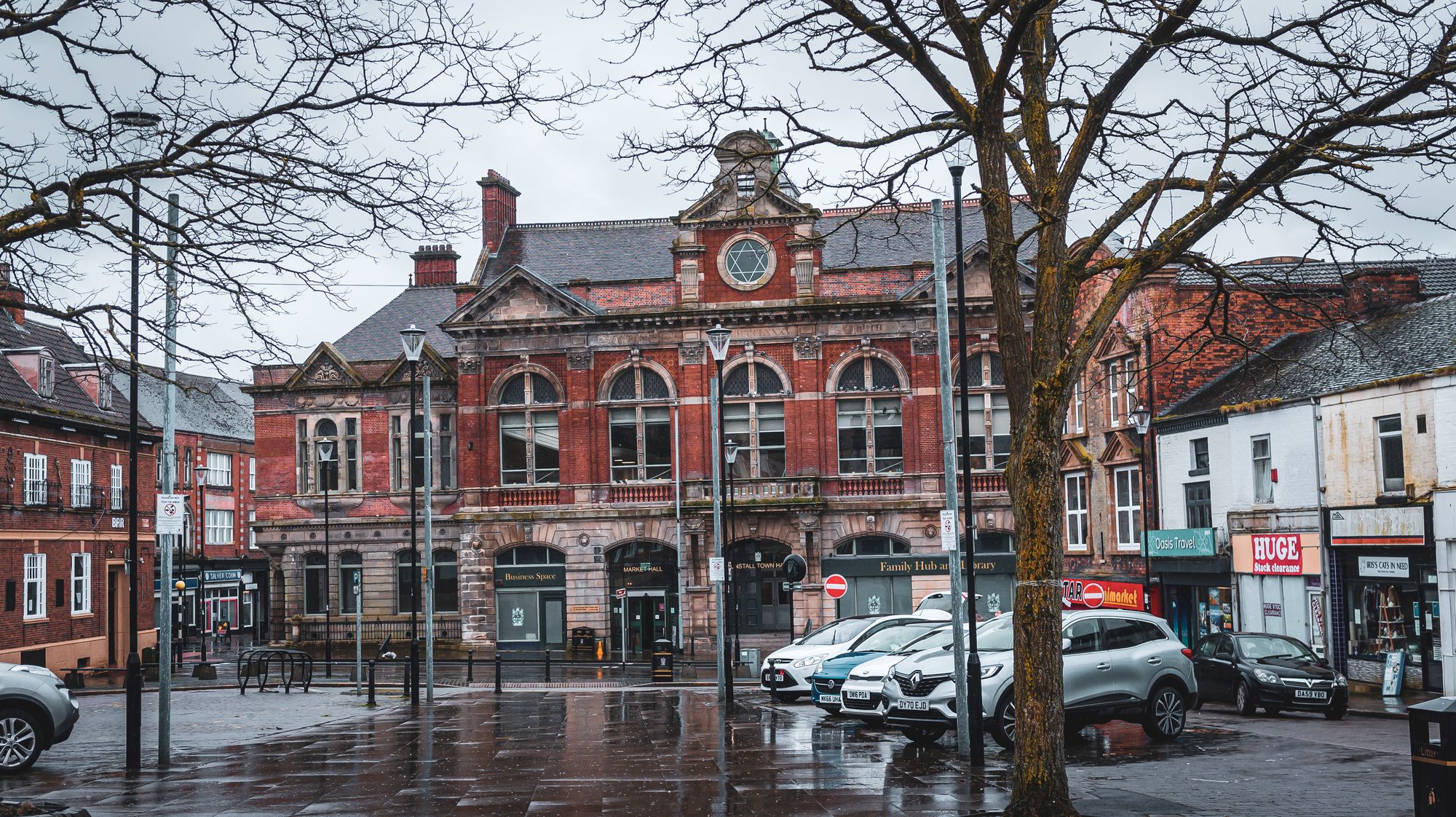
Here is another view of the second town hall, looking down Tower Square.
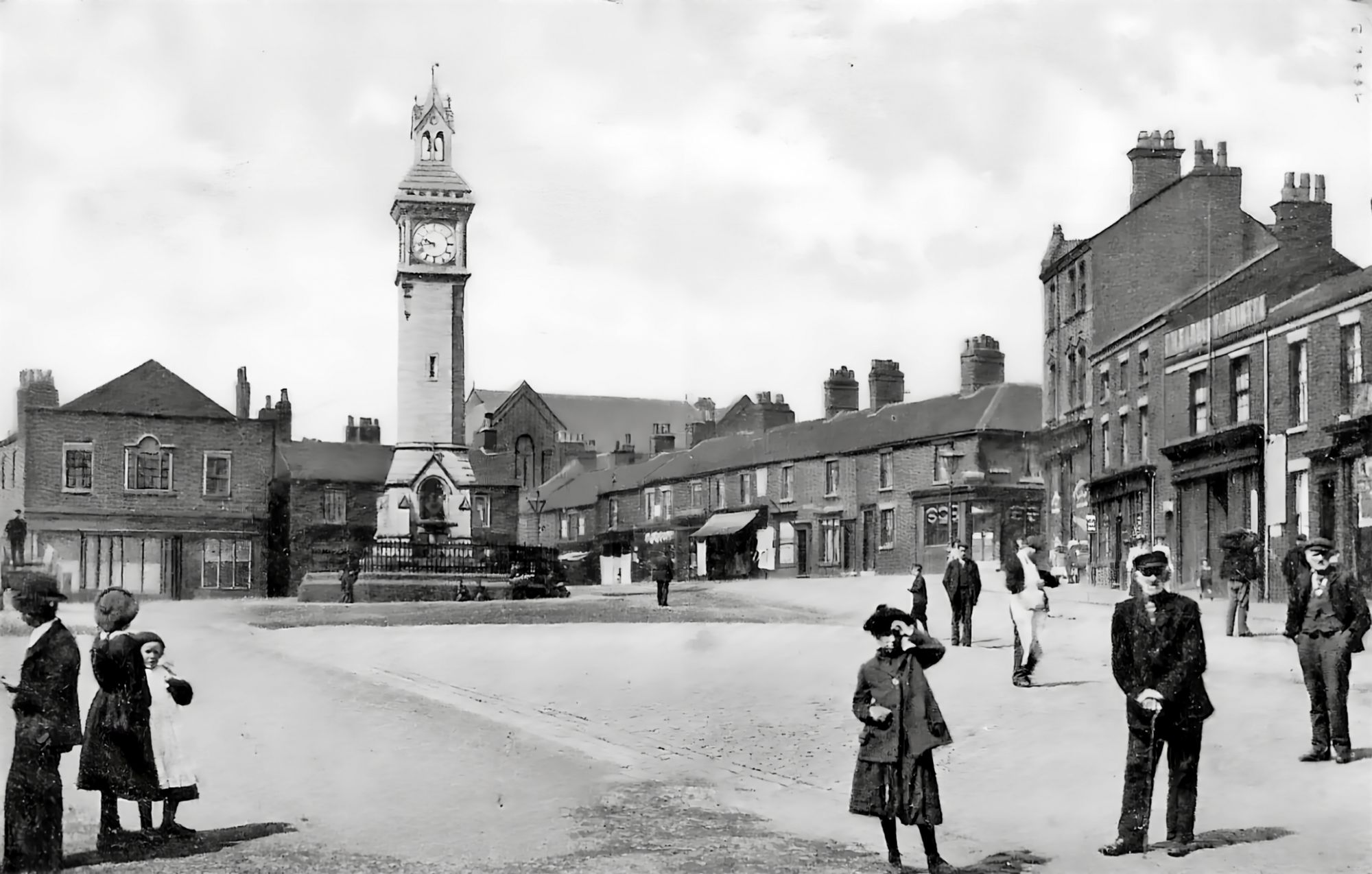
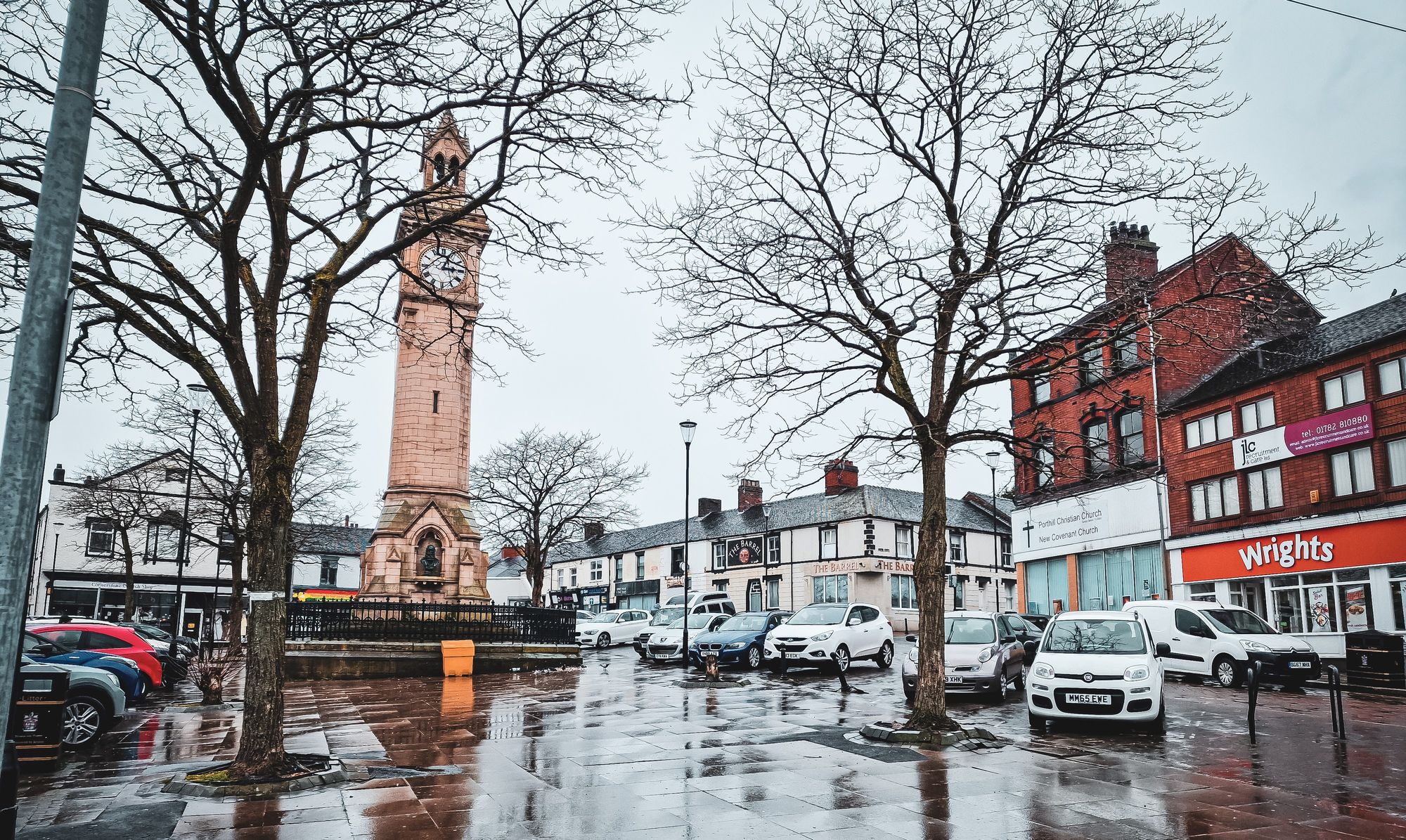
Looking up Tower Square we can see that many of the buildings are still standing. The biggest difference here, apart from the cars, is the addition of the tower.
The Smith Child Clock Tower was erected in 1893 through public funding at the location where the town's original town hall stood. It was constructed in honour of the Smith Child family, particularly Sir Smith Child of Newfield Hall, who was a renowned local leader and philanthropist.
Sir Child played a crucial role in the establishment of the Queen Victoria Jubilee Buildings and provided support for the creation of the Wedgwood Memorial Institute in Burslem.
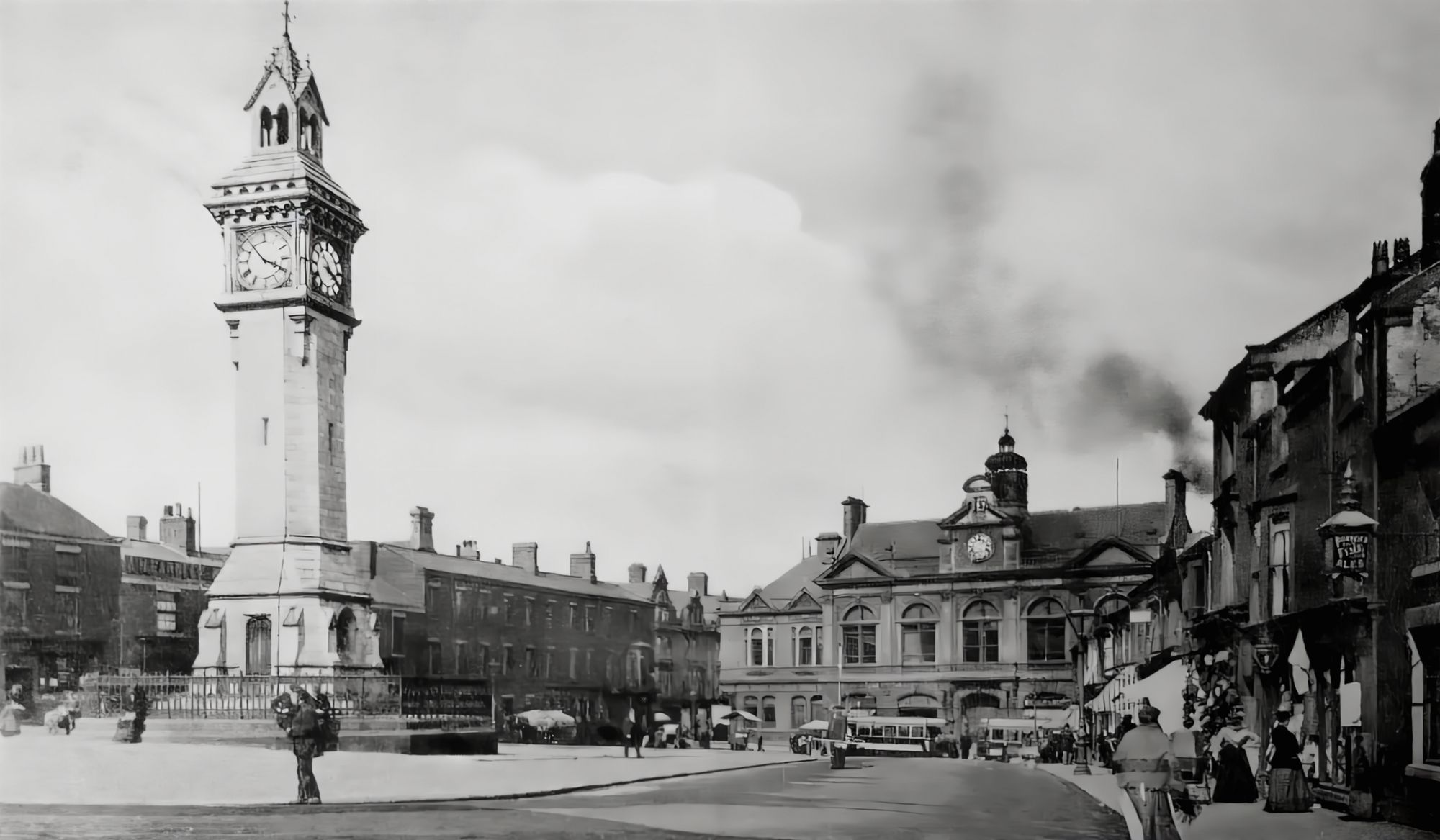
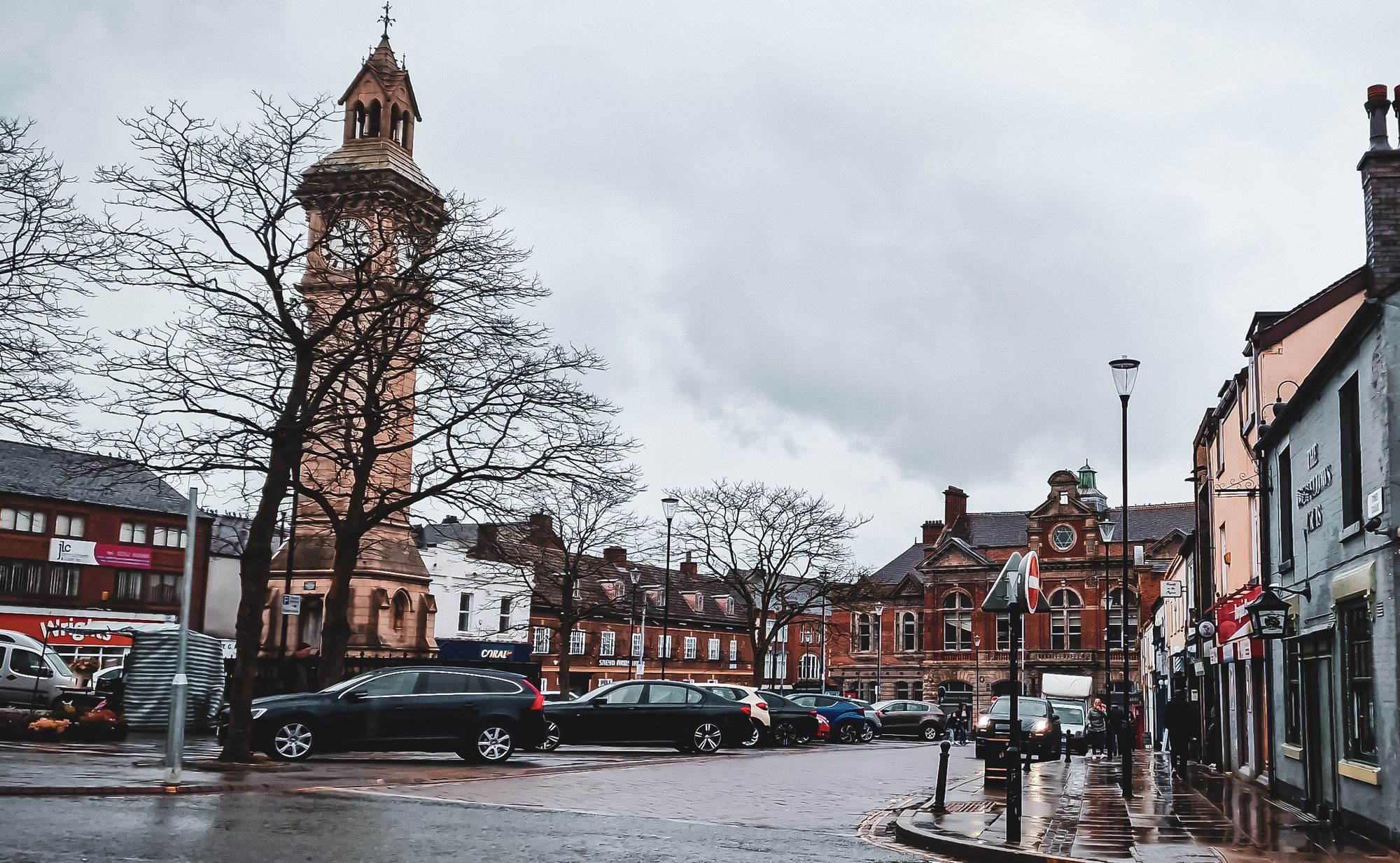
Another view of the square shows just how many buildings have survived the years.
The Oddfellows Arms stands on the right and even still has a lamp hanging outside. Slightly left of the centre is The Sneyd Arms, which as I said earlier, was rebuilt at a later date and you can see it in this photo.
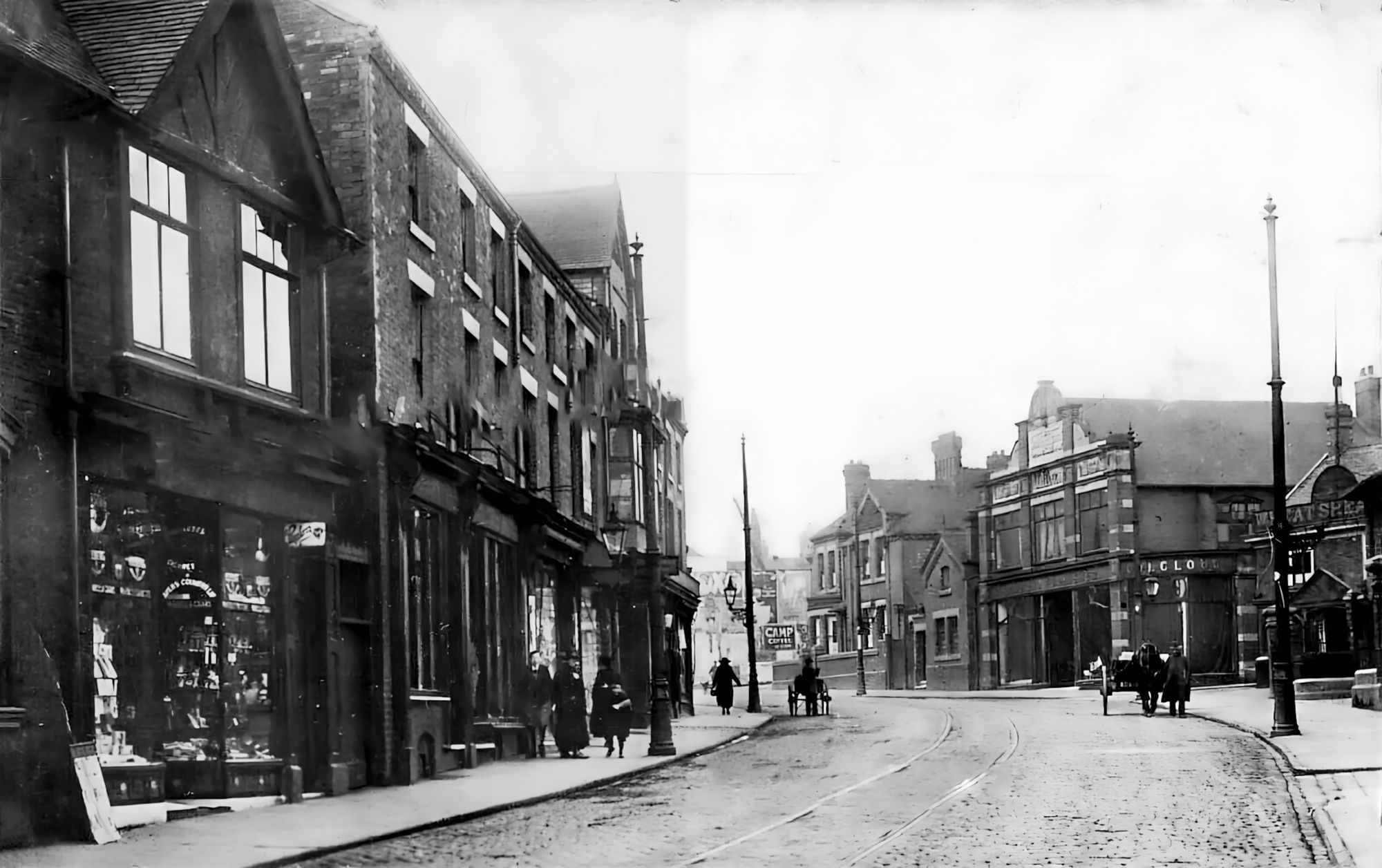
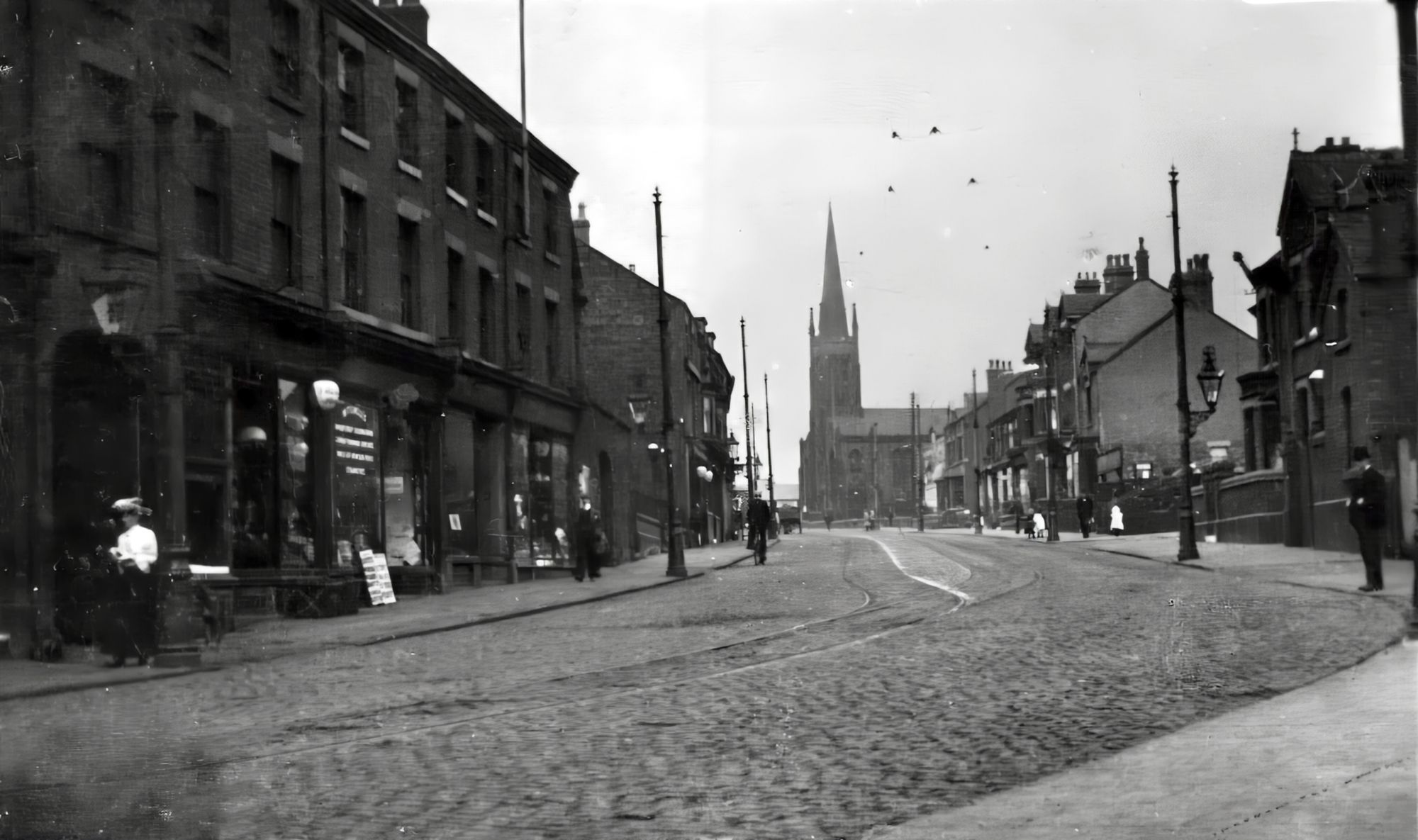
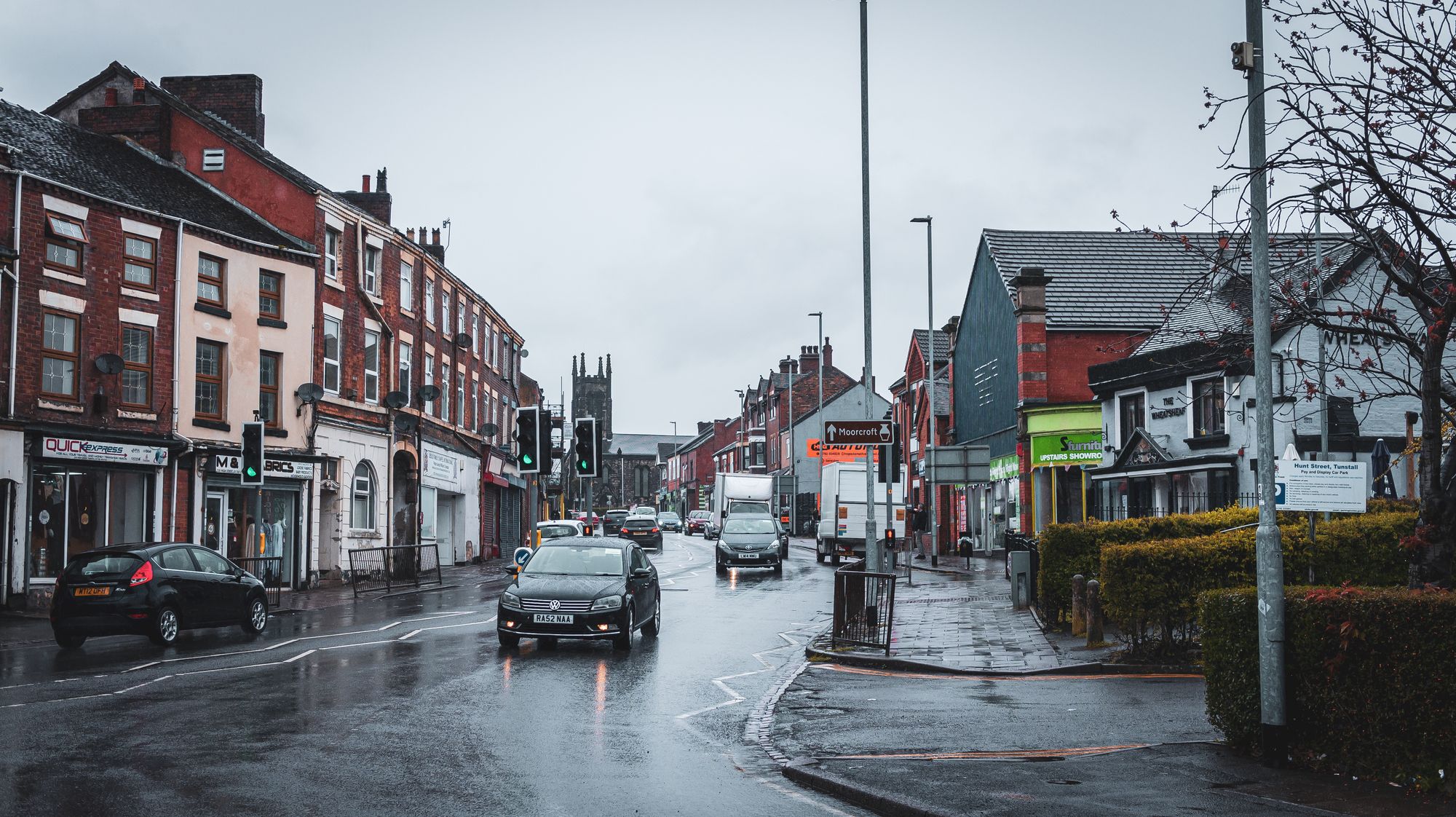
This view up the High Street, now a part of the A50, has changed quite a bit. The Wheatsheaf pub on the right-hand side is thought to be the oldest pub in the area. It has a long history as a hotel, dating back as far as 1774.
I can't seem to find any information as to what the building next to it originally was, so if anyone does have any information about it, please do let me know.
In the distance stands Christ Church, which in the new photo, has lost its tower.
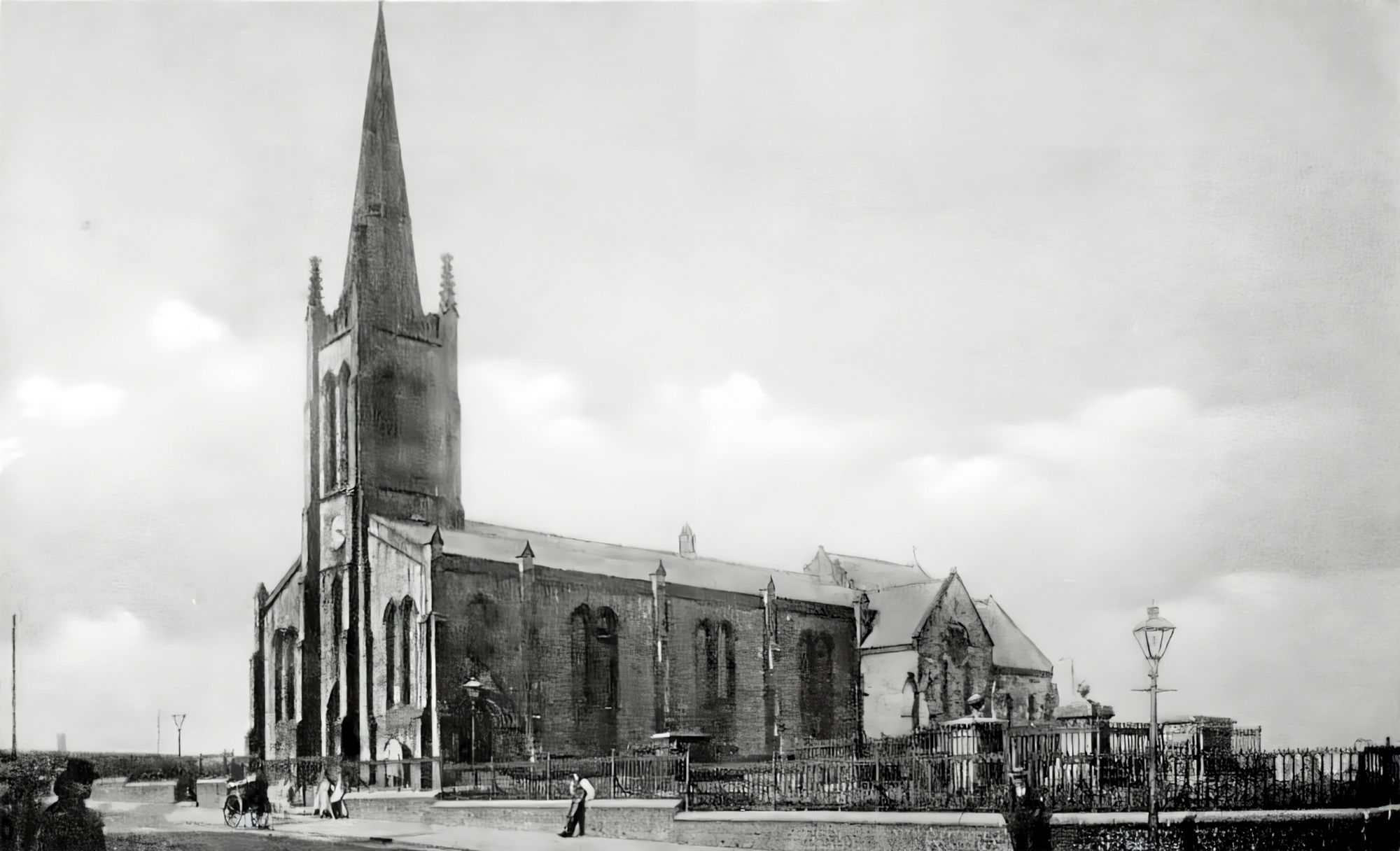
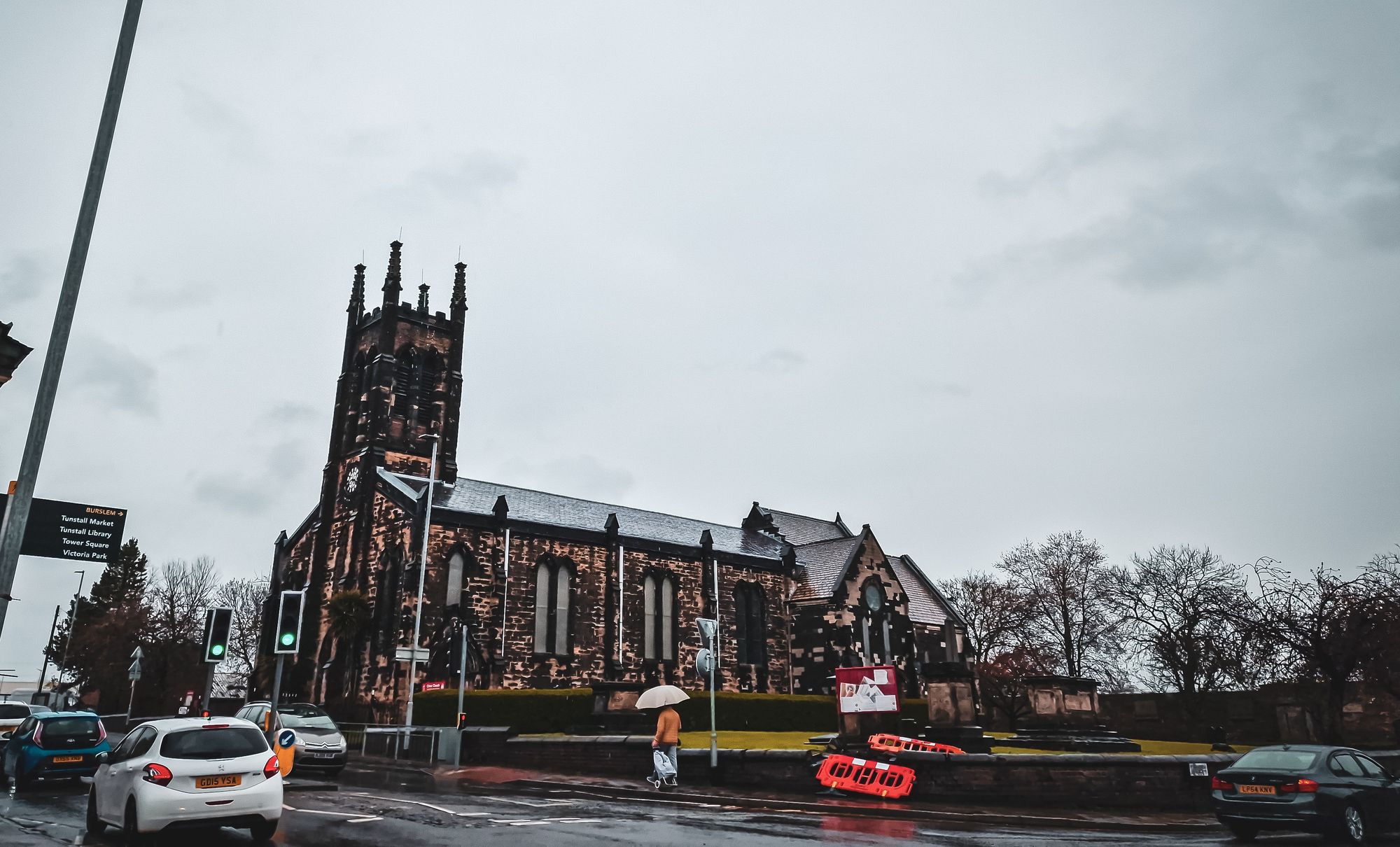
The population boom in Tunstall meant that there was a dire need for a church. In 1738 the population was just 200, but by 1828 the figure had increased to an incredible 6608.
So Christ Church, also known as The Parish Church was built in 1831, with other bits added throughout the years. It is made out of stone quarried locally in Chell.
This mighty building stands alongside what would have been the main road out of the Potteries towards Chester.
It was designed by Francis Bedford and the later additions were designed by AR Wood in 1885.
Unfortunately, the spire became unsafe in 1971 and had to be removed. Although why it was not replaced is not clear. It is a shame though, as that spire would have been visible for miles around Stoke-on-Trent.
Thank you for reading!
If you like what you have read, please feel free to support me by following and signing up for my newsletter and/or buying me a coffee!
Thank you.

I use the British Newspaper Archive to help with my research and you can sign up for a free trial here.
If you are interested in your local and family history, you can sign up for a free trial of Find my Past and access all archived local records and find your past.
If you are interested in the history of Tunstall then check out these books on Amazon.
Check out my recommended reading list

